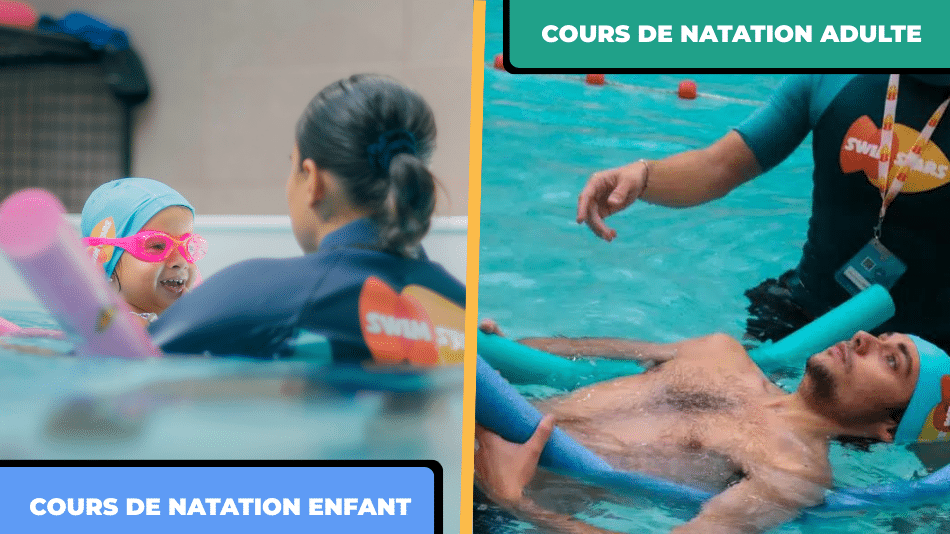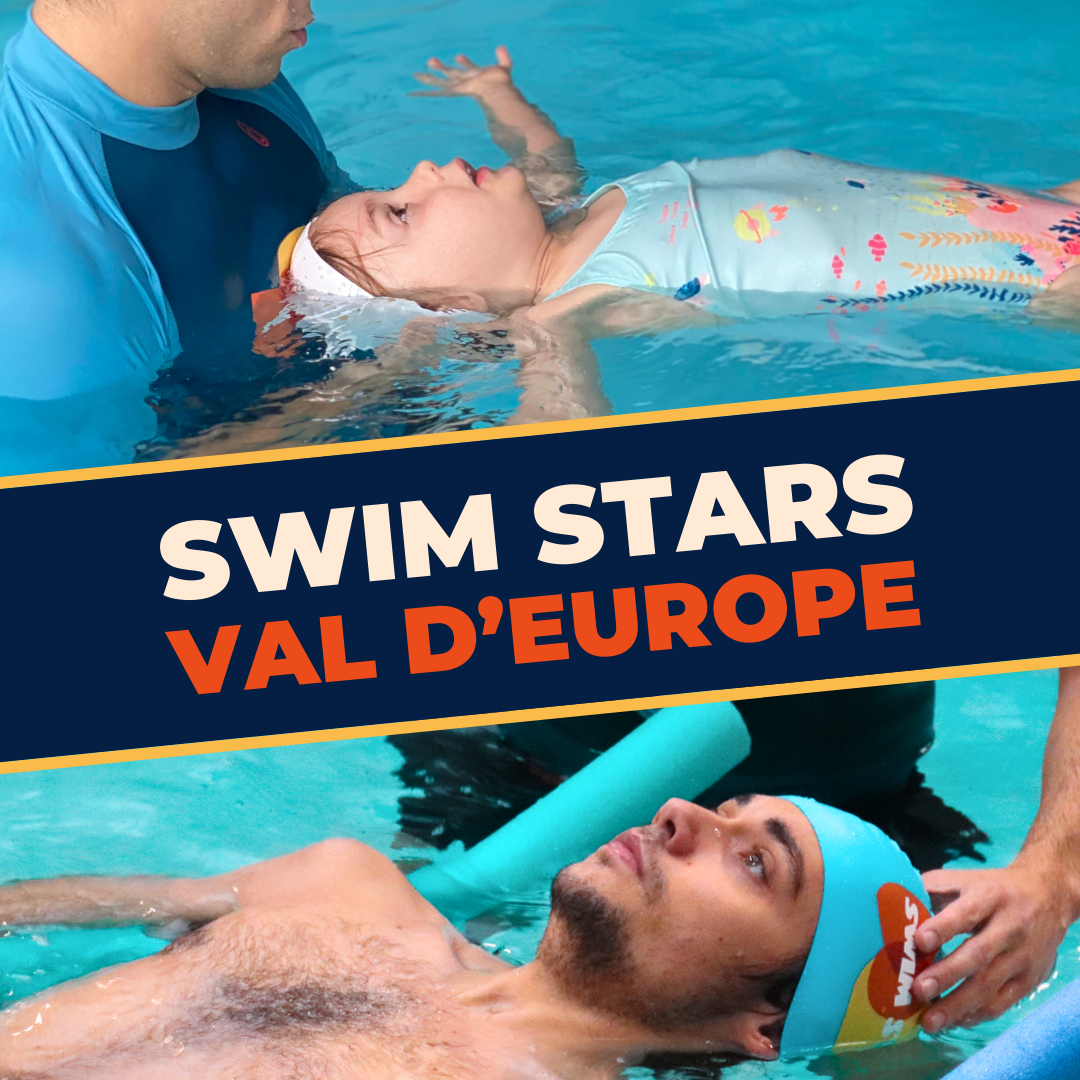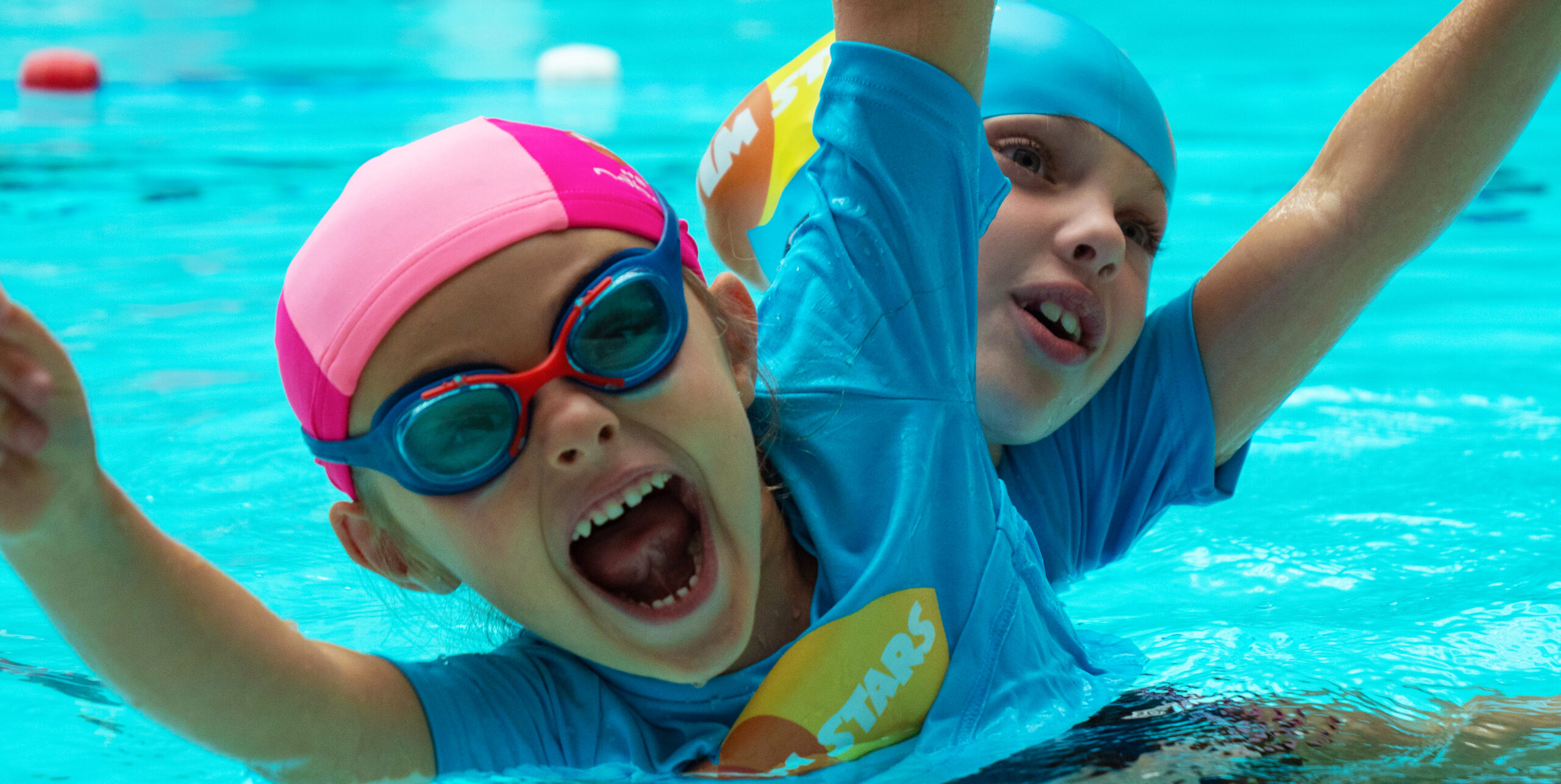Drowning: how to be S.A.F.E.?
To prevent swimming hazards, the Swim Stars S.A.F.E. program informs you of simple actions you can take to save lives by avoiding drowning.
In English, the word “SAFE” means to be safe or out of danger. Each letter corresponds to a French word and announces the themes. Indeed, it is the acronym for Safety, Learning, Training and Environment. These 4 themes are the subject of a playful presentation in schools with the mascot Poulpy! It’s a little octopus that schoolchildren must keep safe through the adventures of the cephalopod.
Avoid drowning with our 8 tips to be S.A.F.E
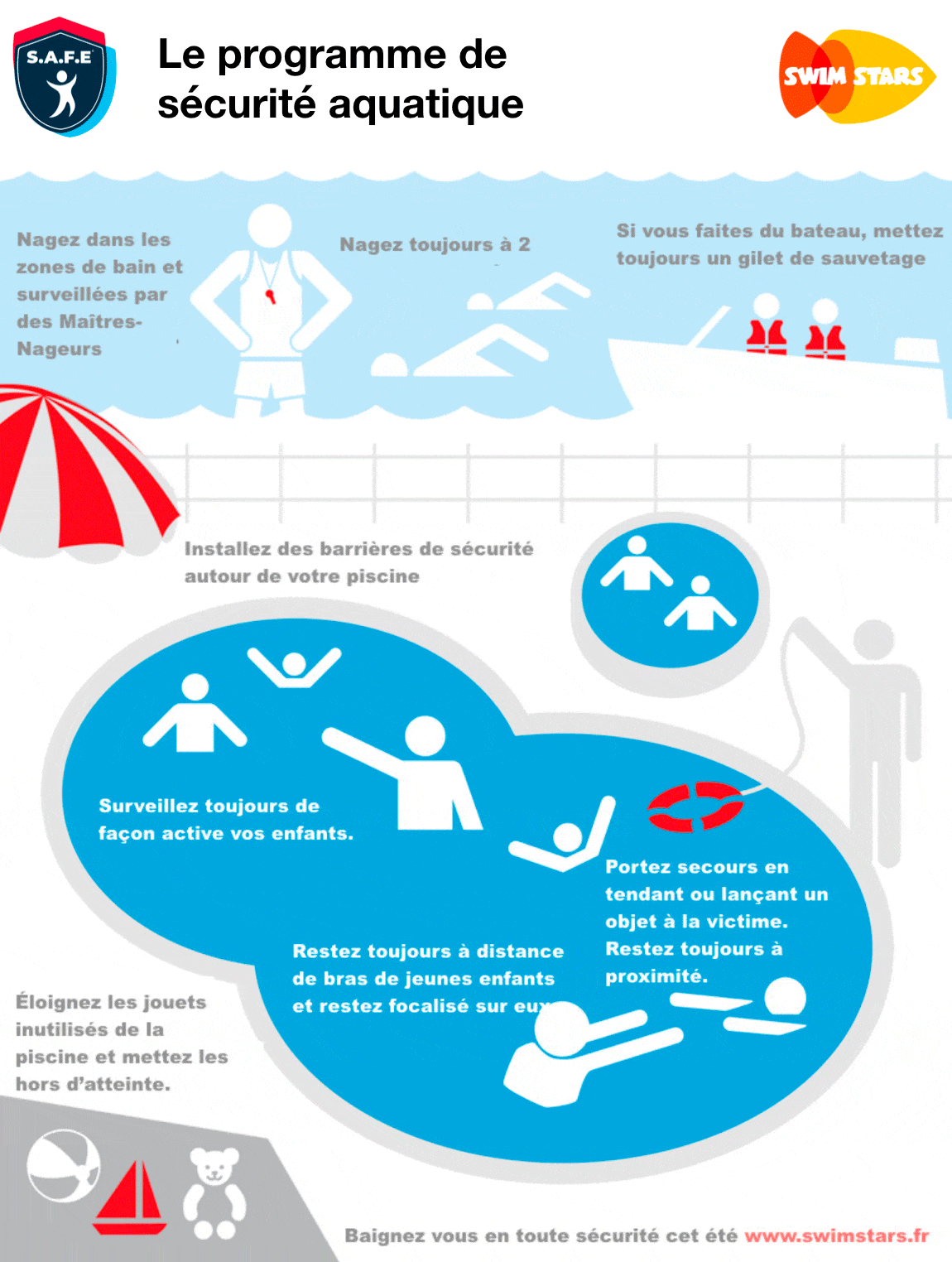
8 anti-drowning tips by S.A.F.E
Drownings: prevention rather than cure!
First of all, it is necessary to make sure of its level of practice. How do I evaluate my swimming level?
Once you are aware of your relationship with water, you can evolve serenely.
So, learning to swim with a lifeguard at a young age will give you all the tools you need to prevent drowning as an adult.
earing to swim with a lifeguard at an early age will give you all the tools you need to prevent drowning as an adult.
When a child is swimming, it is imperative that a trusted adult be in the water at the same time and nearby to supervise the child. Because when the adult is watching out of the water, vigilance can decrease because of many temptations. In fact, consulting the cell phone or taking a nap are the first two causes of a slackening.
The child is moving and may not be in your field of vision. This is where the danger begins.
Prevent swimming accidents such as trauma
For children, as well as adults, always check the depth of the swimming area (pool, lake, river, and sea) before jumping into the water. Indeed, a bad reception can lead to a shock that can endanger your back (compression of the dorsal discs, risk of paralysis) and cause a suspicion of spinal trauma (cervical level).
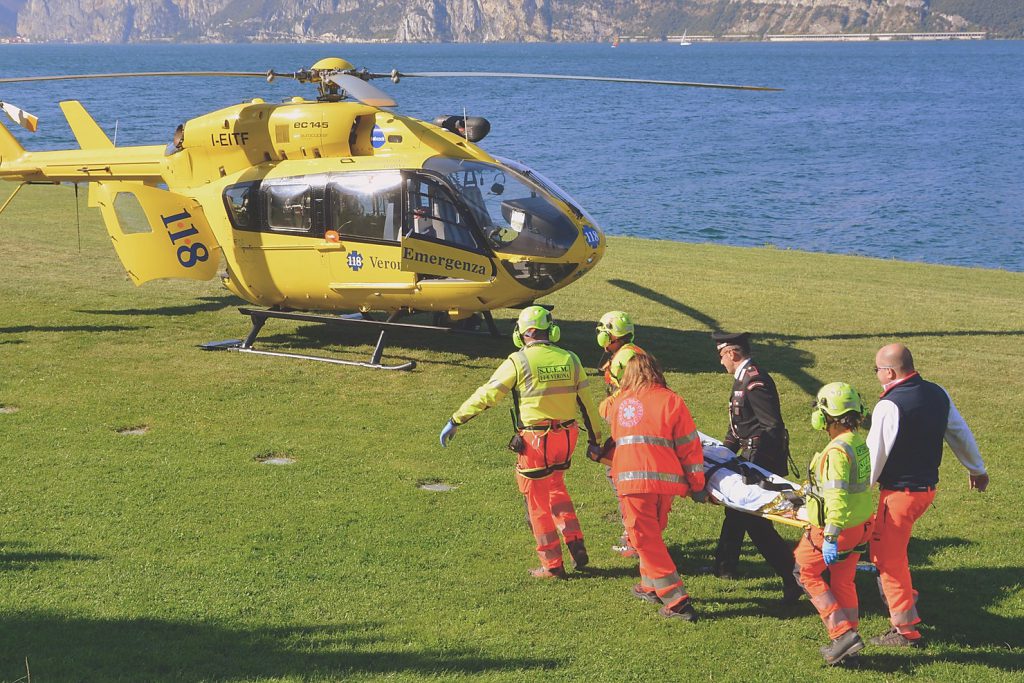
Drowning: intervention on a suspicion of trauma following a dangerous dive in a swimming area with little depth
Drowning by hydrocution: what simple reflexes should you adopt to preserve your health?
Before each swim, you should enter the water gradually.
Why? Wetting the back of the neck is an essential gesture to prevent the risk of hydrocution. In fact, during hot weather, a thermal shock between the outside temperature, the water temperature and your body temperature can cause a cardiac arrest.
Eating a large meal, drinking alcohol or cold drinks before or during swimming are aggravating risk factors. The risk of discomfort will be increased if the water is cold or after long exposure to the sun. In case of shivering, it is strongly advised not to swim in order to avoid any risk of distress in the water. Otherwise, if you decide to go swimming as a responsible adult, always tell someone close to you first.
Drowning: why choose supervised swimming areas?
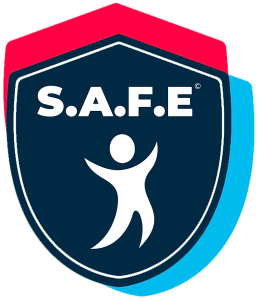
Drowning: S.A.F.E. logo for drowning prevention program
Because in the event of a swimming accident, first aid professionals are already on site to provide rapid care.
Find out if the swimming areas are supervised. Very often signs indicate whether the bathing area is supervised or not. If necessary, contact the town hall on which the beach in question is located.
In France, it is forbidden to swim in certain rivers. It is often forbidden to swim there because of the strong currents, as in the Loire for example, and the high pollution. Swimming is rarely supervised in rivers.
- Choose supervised areas for swimming
- Be aware of children even in supervised areas
- Find out about swimming conditions: currents, natural hazards, etc.
- Always follow the safety instructions indicated by the swimming flags and/or the lifeguards.
- If necessary, go to the first aid station to obtain additional information.
Drowning: how to react in case of difficulties in the ocean?
The S.A.F.E. program provides advice on how to react in case of difficulties at sea.
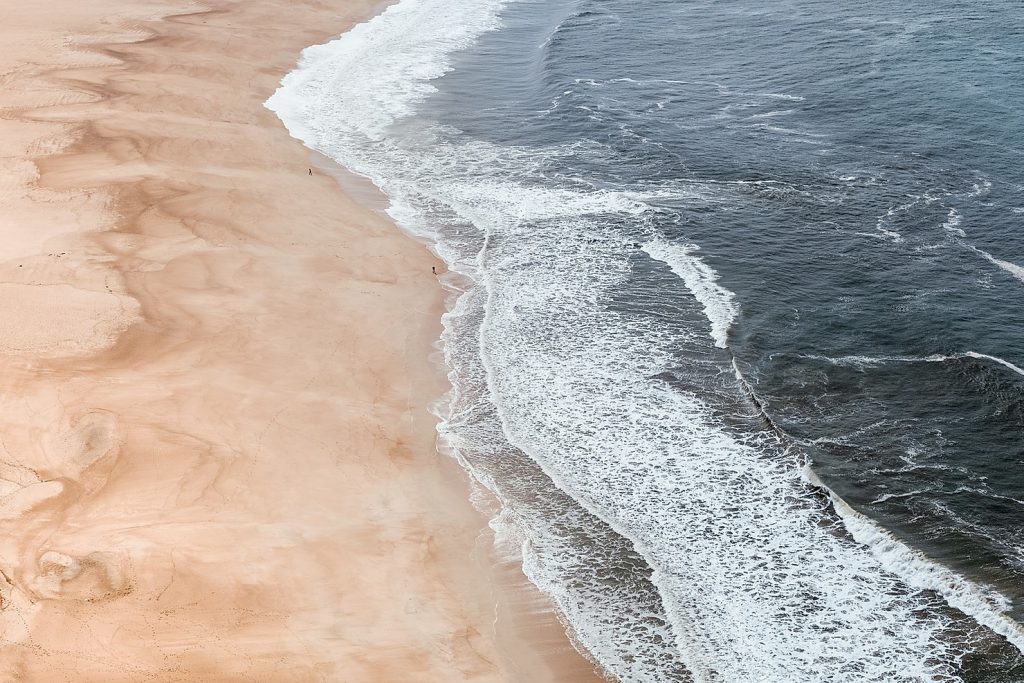
Drownings: Avoiding difficulties at the ocean
Drowning: 5 tips for the right reaction
- Do not panic
- Do not try to fight against the current, the waves and the rollers, so as not to exhaust yourself. Indeed, it is better to let yourself be guided to keep your strength
- Let yourself be carried by the current and use your arms to call for help
- Do the plank in case of fatigue. This allows you to breathe normally
- Try to stay calm until help arrives.
And if one day you witnessed a drowning: what to do?
S.A.F.E. gives you its advice on how to react if you witness a drowning.
Witnessing drownings: our 3 tips
- Notify the lifeguards immediately if the area is supervised. Then call for help by dialing 15 or 112 if it is an unattended area
- Do not take your eyes off the victim in order to guide the rescue team
- Do not intervene directly unless the witness feels able to help without risking his or her own life. Caution: This implies a very good physical condition and very good swimming skills (you must be able to pull the victim in the water). In fact, it is common for people who have tried to help to end up drowning themselves.
Therefore, do not feel guilty if you have not dived yourself. It is by preventing and alerting that you will save the life of the person in distress.
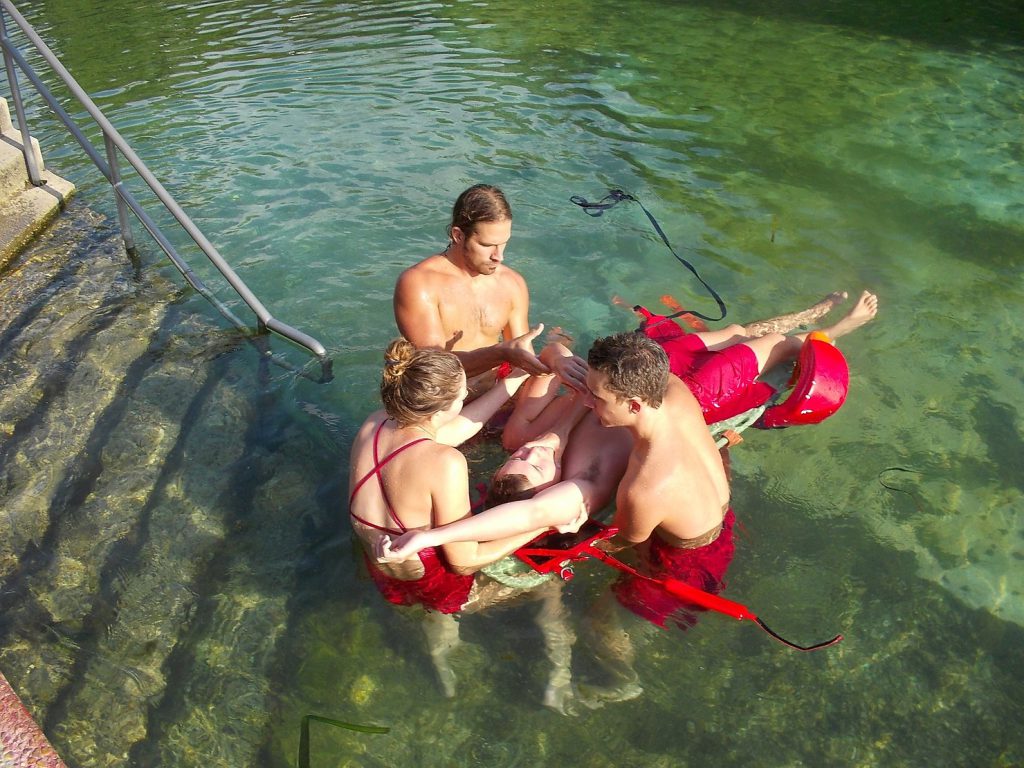
Drowning: victim rescued during a response exercise.
https://blog.swimstars.fr/securite-aquatique-programme-safe/ https://blog.swimstars.fr/journee-mondiale-securite-aquatique/
